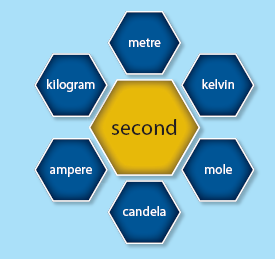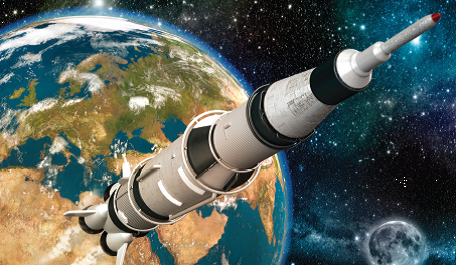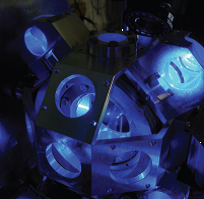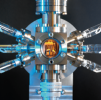Beneficiaries
Top-level SI

The most direct impact of this project has been on the top-level realisation and dissemination of the SI unit of time, the second, in providing results and procedures to prepare for a future redefinition of the second.
Our work has:
- Provided new measurements and analysis methods that have contributed to improved recommended frequency values for secondary representations of the second;
- Led to detailed information about the consistency of optical clock within Europe, helping to build confidence in the new generation of optical clocks both within the international metrology community and beyond;
- Shown that intercontinental clock comparisons may be performed using satellite links at the 10-16 level of accuracy, developing experience and data analysis strategies that will benefit future projects aiming to push performance to even higher levels;
- Provided a unified description of the geopotential for European national measurement institutes, leading to a unification of time and frequency metrology in Europe in terms of the gravitational redshift of clock transition frequencies.
- Opened the way for optical clocks to be used on a regular basis to provide steering corrections to International Atomic Time (TAI), which will improve the stability of international timescales and thus benefit end users even before a redefinition of the second;
- Influenced the international roadmap towards a redefinition of the SI second, which has recently been prepared by the CCTF Working Group on Strategic Planning.
Fundamental physics

The international scientific community will benefit from validated clock comparisons as a basis for tests of fundamental physical theories.
For example, theories aiming to unify the description of gravity with the standard model of particle physics predict violations of the Einstein Equivalence Principle, such as the time-variation of fundamental physical constants. Repeated measurements of the type performed in this project, i.e. comparisons between transition frequencies in high accuracy atomic clocks, can be used to search for present-day temporal variation in the fine structure constant and proton-to-electron mass ratio.
The demonstrated performance of the ground-based optical clocks, and the lessons learned from the satellite-based clock comparison techniques explored within our project, will also benefit space missions designed to test fundamental physical theories. One important example is the ACES (Atomic Clock Ensemble in Space) mission, scheduled to be launched in 2016.
Geodesy

The proof-of-principle experiment carried out within our project has demonstrated that optical clocks can be used to make direct measurements of the Earth's gravity potential, and there are excellent prospects for improving the accuracy achieved in our initial experiment by orders of magnitude as the reliability and robustness of transportable optical clocks improves.
High-resolution measurements of the gravity potential made using optical clocks at selected well-defined locations could bring significant benefits to the geodesy community in terms of achieving a consistent alignment of national height systems within Europe, as well as checks of global and regional geoid models established by alternative means. Such measurements would complement the data obtained from satellite missions such as GOCE or GRACE, which provide global coverage but give values that are spatially averaged over length scales of about 100 km.
Long-term measurements of the variability of the local gravitational potential would also be possible, with perspectives in monitoring seasonal and long-term trends in ice sheet masses, ocean current transport and overall ocean mass changes. Such data provides critical input to models used to study and forecast the effects of climate change.
Navigation

Ultra-stable clocks are the basis of all geodetic observation techniques, in particular of Global Navigation Satellite Systems (GNSS) such as the Global Positioning System (GPS) and Galileo.
Such systems are based on one-way ranging, and thus require a synchronisation of transmitter and receiver clocks with respect to a common timescale. Since the observed time offset of a particular clock can only be as good as the selected time reference, the system timescale plays an important role in GNSS clock modelling when processing data from a single receiver.
The improved rubidium microwave clocks for the new generation GPS III and the hydrogen masers flying on the GIOVE A and B satellites for the European Galileo system are already outperforming the existing satellite clocks. However further improvements are required to reach the mm level for positioning and navigation applications. Optical clocks and clock modelling for GNSS and Low Earth Orbit (LEO) satellites could make important contributions to achieving this goal.

The research within this EURAMET joint research project receives funding from the European Community's Seventh Framework Programme, ERA-NET Plus, under Grant Agreement No. 217257.

